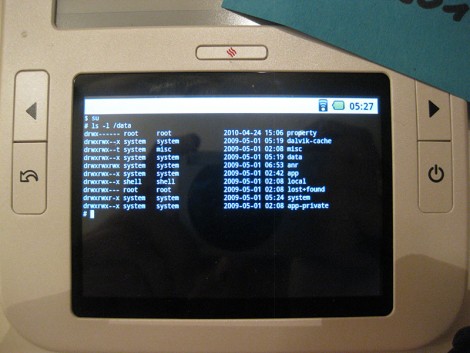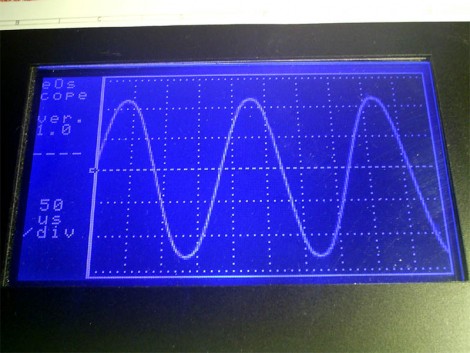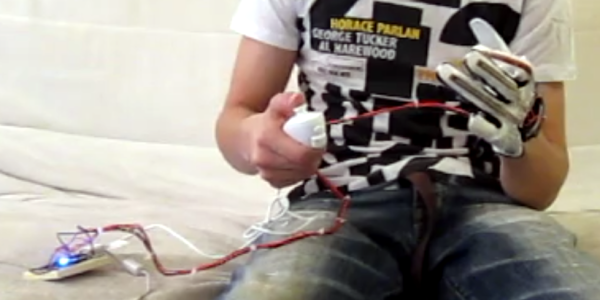
The Alex eReader has been rooted. This little handheld was the belle of the ball at CES 2010 when it came to eReaders. Now that is has been released into the wild it takes its place next to the heavy hitters that have already seen root access. If you’re unfamiliar, this device boasts a six-inch e-ink display and a 320×240 LCD touchscreen interface. Now that you can make it do your bidding, what are your plans for the $350 tablet? Let us know in the comments.
[Thanks Richard]
















